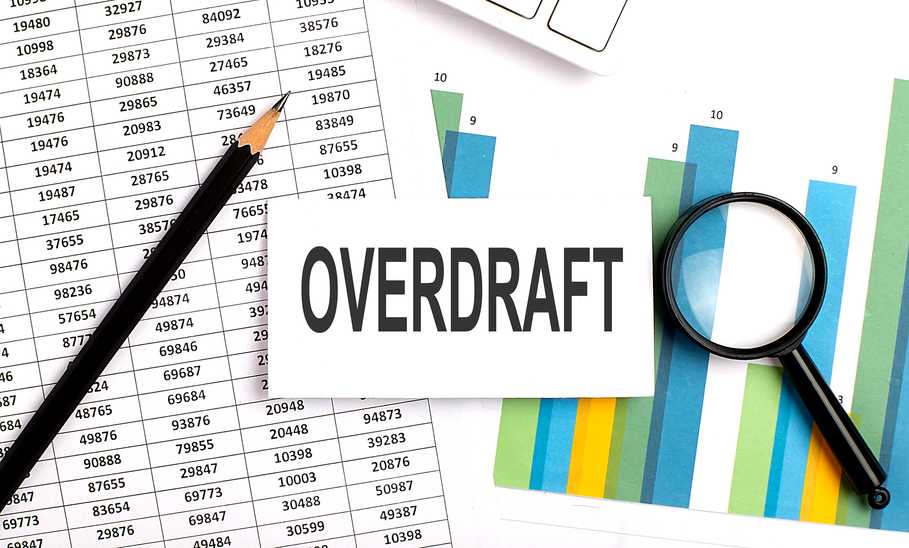What Is An Overdraft Fee? All You Need To Know

Our evaluations and opinions are not influenced by our advertising relationships, but we may earn a commission from our partners’ links. This content is created by TIME Stamped, under TIME’s direction and produced in accordance with TIME’s editorial guidelines and overseen by TIME’s editorial staff. Learn more about it.
An overdraft fee occurs when a bank or credit union allows a transaction to go through even though you might not have enough money in your account to cover it. This is called an overdraft because more money has been taken from your account than you have available.
However, since the bank is covering the cost, they might charge you a fee. This is known as an overdraft fee. Overdraft fees are among the most common checking account fees. In fact, banks rely heavily on overdraft and other checking account fees as a significant source of revenue.
Let’s take a closer look at overdraft fees and how much they’re costing you.
Overdraft and NSF fees are different types of checking account fees.
According to the Consumer Financial Protection Bureau (CFPB), overdraft and NSF fees make up about two-thirds of banks’ reported revenues from fees as of December 2021.
Overdraft fees can take a toll on your pocketbook. In 2022, the average overdraft fee was $29.80. The overdraft fee is charged for each transaction that goes through while you don’t have enough money in your account.
For example, let’s say you have $100 in your checking account. You have three transactions: $75, $40 and $30. The bank debits the first transaction, $75. This doesn’t leave enough money in your account for the next two transactions. The bank spots you the cash, bringing your balance to -$45.
However, the bank charges an overdraft fee of $30. You have two transactions that triggered overdraft fees, so that’s a total of $60 in overdraft fees. Now your account balance is -$105. You need to make up that difference before your account is back in good standing.
A Brookings study showed that a frequent overdrafter might generate $720 in profit a year , while someone who has a basic bank account and doesn’t overdraft only generates about $57 a year in profit for a bank.
If overdraft fees are costing you, it might be time to take a step back and look for ways to avoid these fees. Here are some strategies you can use to reduce the chance that you’ll be charged an overdraft fee:
Look for banks with no overdraft fees or accounts that provide you different choices for overdraft protection.
The best overdraft option for you is the one that works best with your personal finance situation. If you find yourself constantly overdrawing your account, you might need to look for underlying causes of your cash flow issues. You might consider opting out of overdraft protection until you understand and address cash flow.
Another consideration is having the protection for occasional mistakes and problems. Using a bank that won’t charge a fee for small overdrafts or that offers you the opportunity to waive an overdraft fee each year might make sense.
Carefully consider how you use your bank and its services, as well as how money flows through your personal economy as you review overdraft options.
There’s no guarantee that your bank will waive an overdraft fee, but it’s possible to ask. Here are some steps you can take to potentially get an overdraft fee waived.
Overdraft protection can be a useful tool if you don’t often exceed your account balance but are worried about covering a short-term expense. On the other hand, using overdraft protection too much can lead to high fees and cost you hundreds of dollars over the course of a year.
Yes. Some banks charge a fee for each transaction considered an overdraft.
In some cases, a bank or credit union might refund your overdraft fee. You need to follow an established process for asking for your fees to be waived.
An example of an overdraft would be if you have $100 in your account, but you have a transaction for $130. The bank would allow the transaction to go through, resulting in a balance of -$30. If the bank charges an overdraft fee of $30, that would be added to your negative balance, bringing it to -$60. You would need to pay the entire amount you’re behind to bring your account back into good standing.
The information presented here is created by TIME Stamped and overseen by TIME editorial staff. To learn more, see our About Us page.



